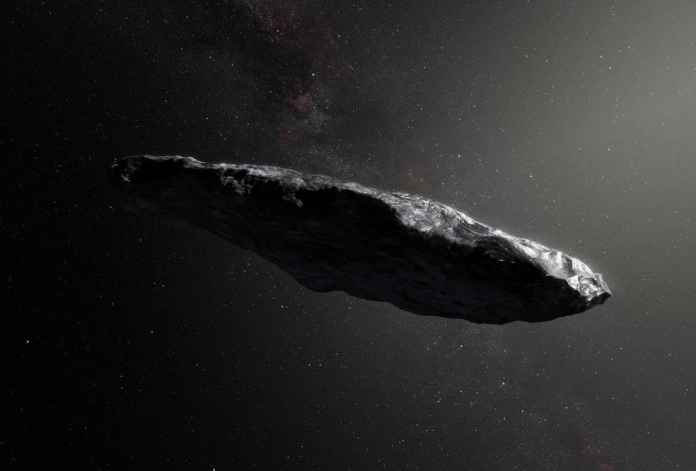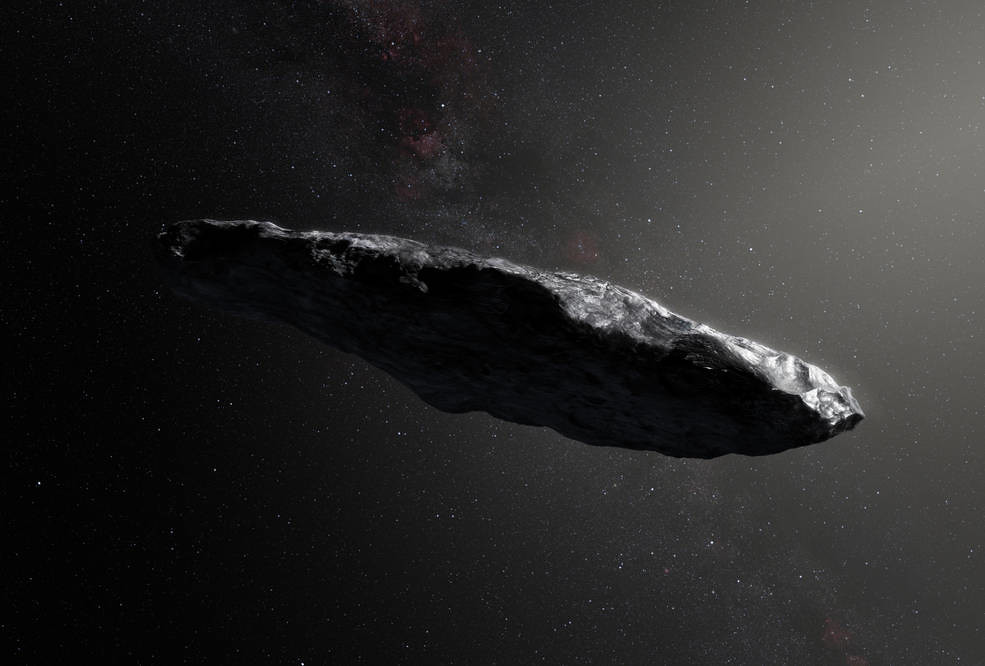
Astronomers have confirmed the arrival of a rare and gigantic visitor from outside the Solar System. Officially named 3I/ATLAS, it is the third interstellar object ever noted following 1I/ʻOumuamua in 2017 and 2I/Borisov in 2019. It was first discovered on July 1, 2025, by the NASA-funded Chilean-based Asteroid Terrestrial-impact Last Alert System (ATLAS) telescope in Río Hurtado, and its path immediately indicated a source far, far beyond our planetary community.
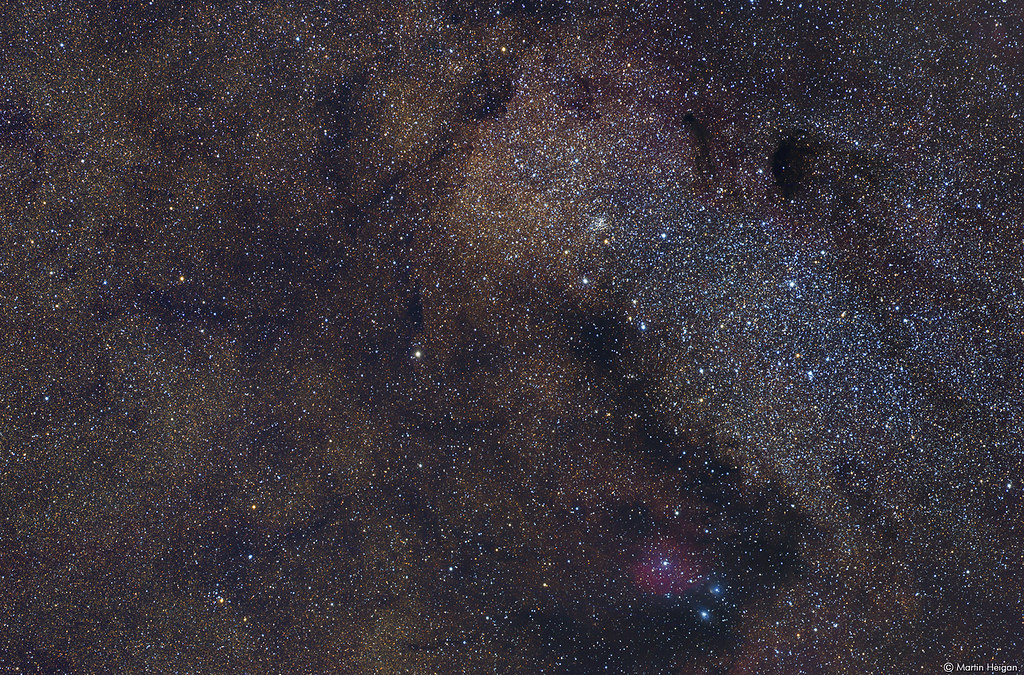
1. A journey from the Constellation Sagittarius
3I/ATLAS entered the Solar System along the way of Sagittarius, an area with thick densities of star fields and molecular clouds. NASA Center for Near Earth Object Studies Director Paul Chodas stated, “These objects take millions of years to wander from one stellar neighborhood to another, so this object has likely been drifting through space for hundreds of millions, perhaps even billions, of years.” Today’s speed of the comet, 37 miles per second, and trajectory coming in put it between Jupiter and on a collision course with a close solar encounter in late October.
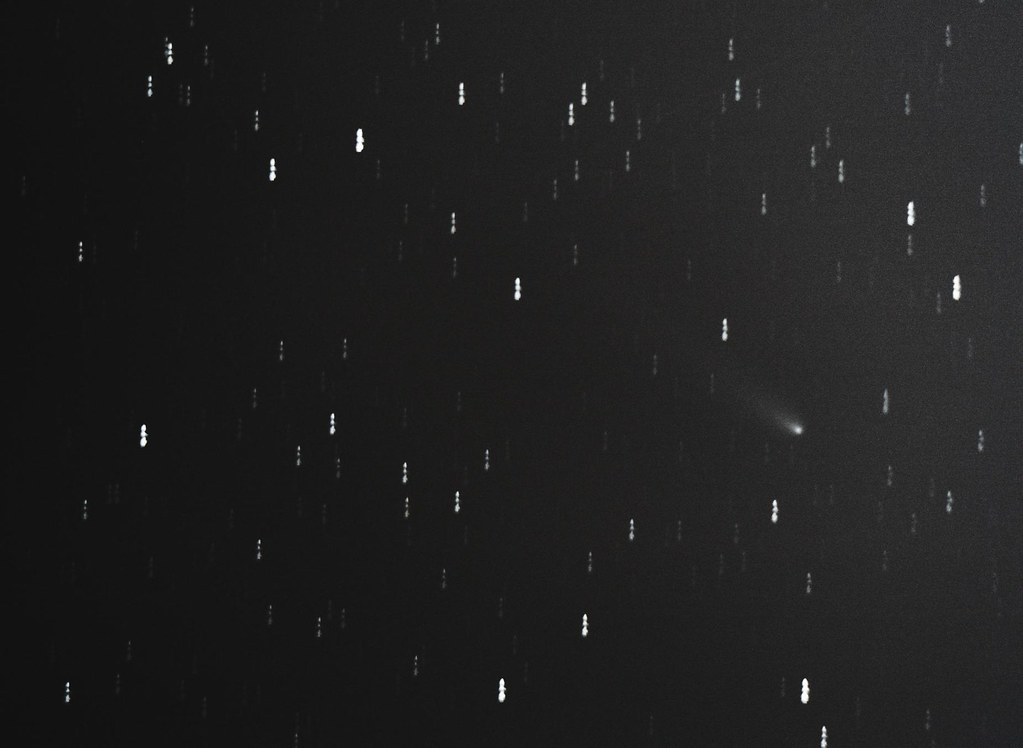
2. ATLAS Discovery and Global Tracking Activities
ATLAS, intended to give early warnings for possible asteroid impacts, relies on survey telescopes with wide fields of view to monitor the sky for objects on the move. The discovery by 3I/ATLAS was then followed by prompt follow-up observations by Hawaii, Chilean, and Australian telescopes. ESA’s Planetary Defence Office organized “precovery” searches using archival data to build a longer observation record, improve orbital models, and verify its interstellar origin.
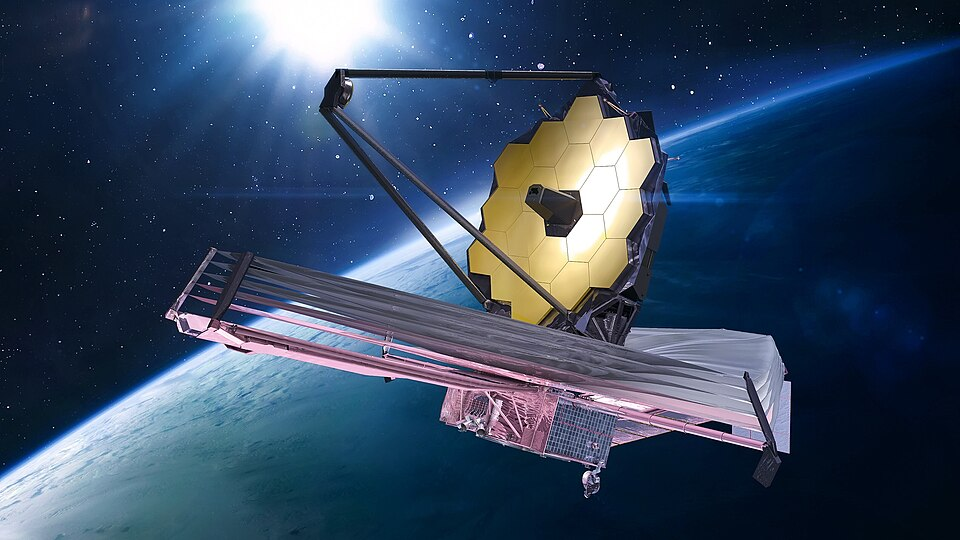
3. Size, Mass, and Composition
arvard astrophysicist Avi Loeb approximated the nucleus of the comet to be larger than 3.1 miles across and larger than 33 billion tons. High concentrations of carbon dioxide gas in its coma and water ice in its nucleus were found by James Webb Space Telescope observations on August 6. The chemistry is suggestive of creation in a cold, volatile-rich setting, characteristic of planetary systems in existence at the outer limits of the galaxy.
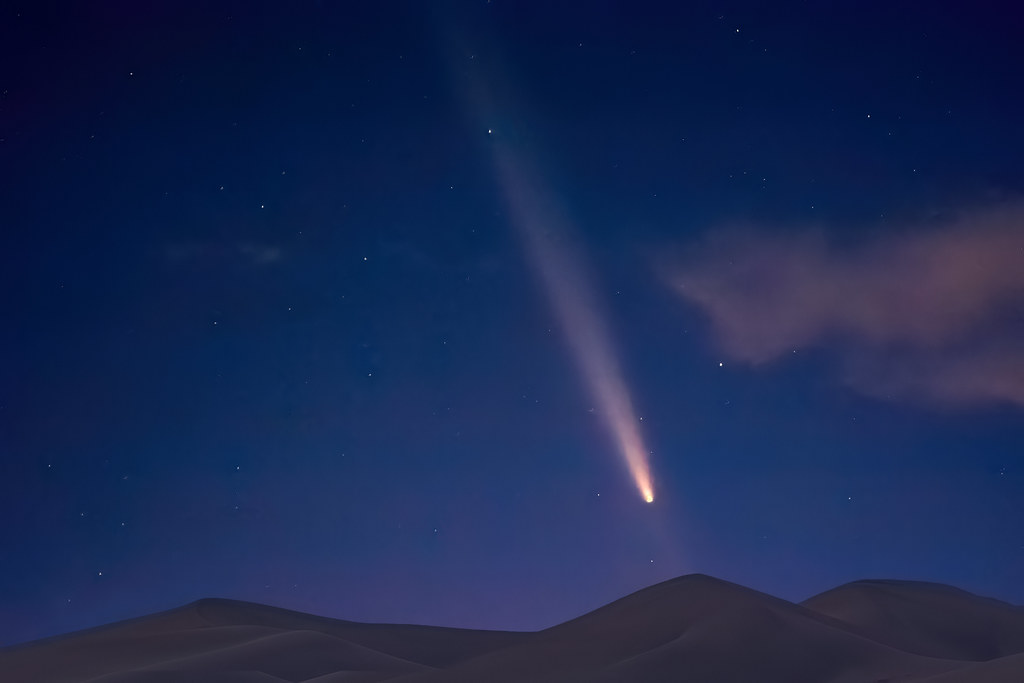
4. Bizarre Tail Behavior
Unlike normal comets whose dust tails are directed away from the Sun because of solar radiation pressure, 3I/ATLAS’s tail is directed toward the Sun. Astronomer Bryce Bolin described how big dust particles hundreds of microns are too massive to be blown outward. Instead, they’re expelled on the Sun’s side at slow velocities of roughly one meter per second, which means the comet is weakly active.
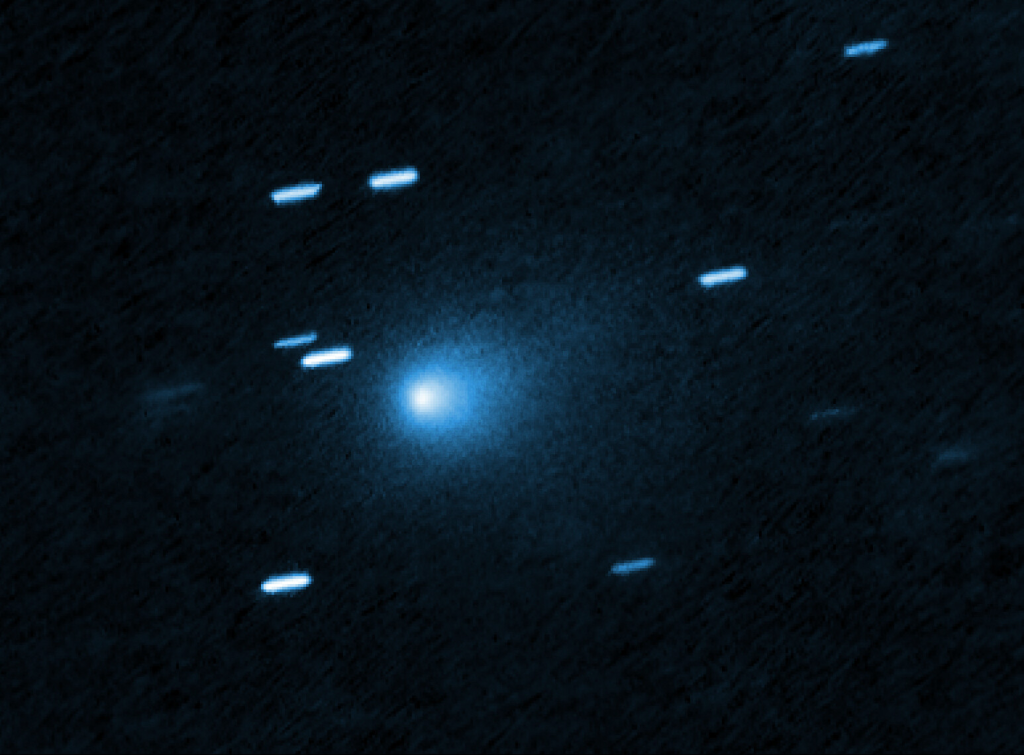
5. Visibility Windows
Ground telescopes will be able to observe 3I/ATLAS through early September, when it will pass solar conjunction and pass from sight. It will re-emerge in December on the opposite side of the Sun and provide a second observing opportunity before moving out into interstellar space. At its closest approach, it will skim the inner edge of Mars’s orbit, at least 150 million miles from Earth.
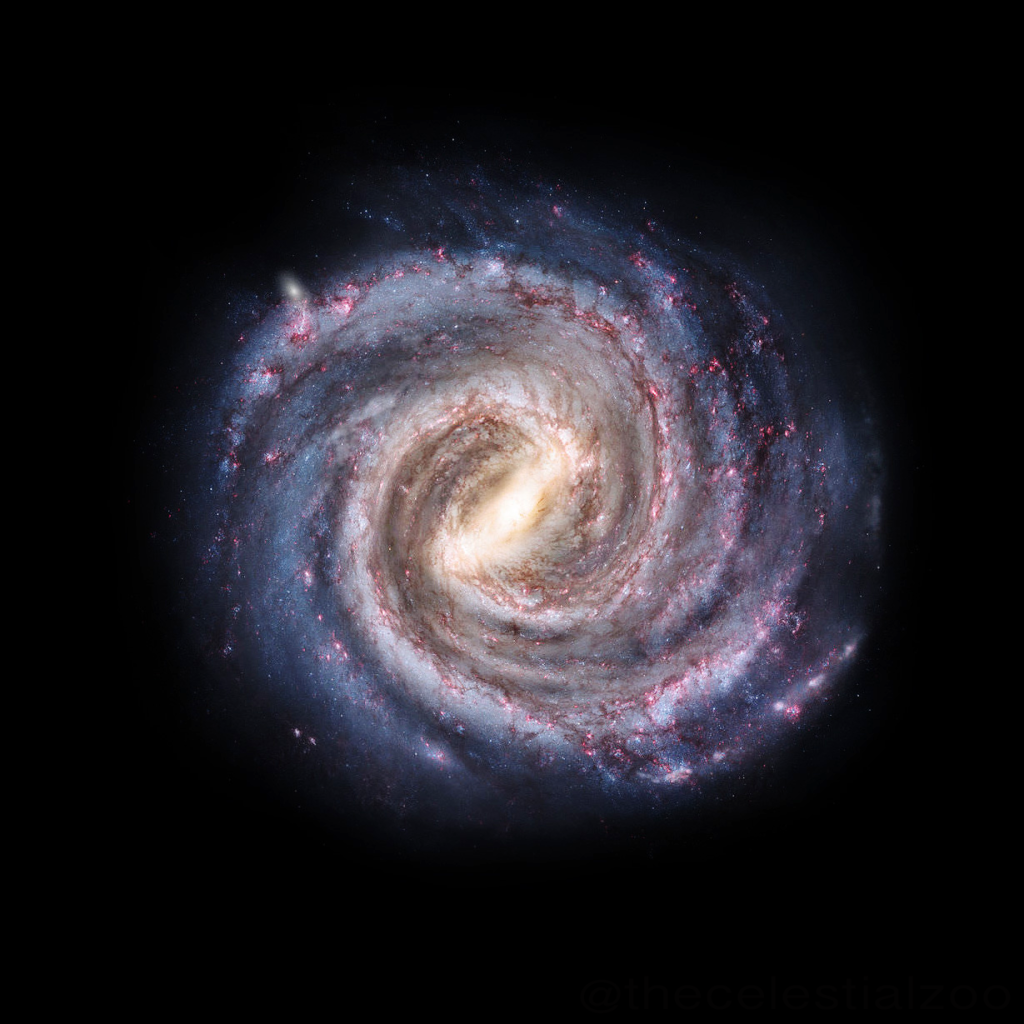
6. Galactic Origins and Age
Recent trajectory modeling by Avi Loeb and Shokhruz Kakharov, with the GalPot model of galactic potential, tracked 3I/ATLAS as originating from the thick disk of the Milky Way. At a median age of 4.6 billion years, it is the oldest of the three known interstellar visitors. It is an older, lower-metallicity population of stars that suggests that the comet has undergone distinct evolutionary processes prior to ejection into interstellar space.
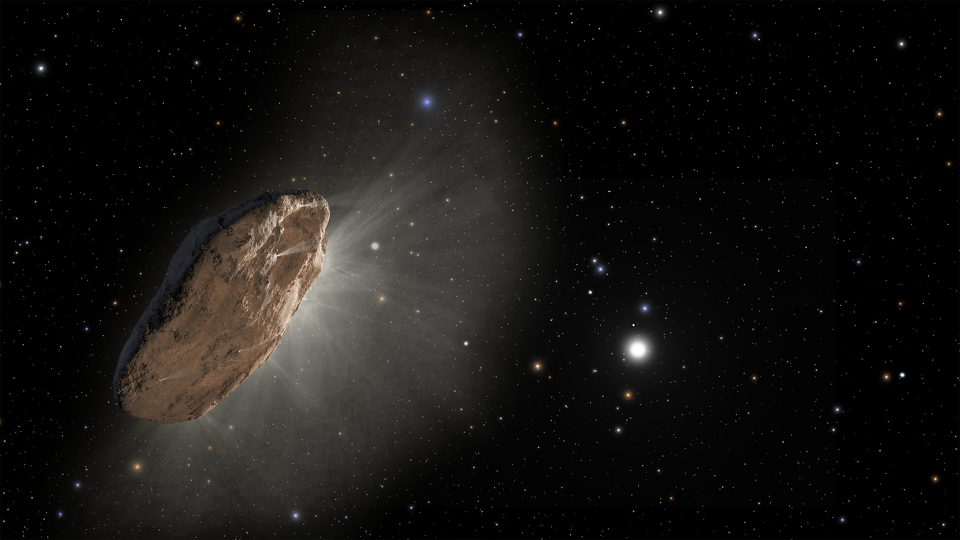
7. Scientific Significance
European Space Agency’s Sarah Al-Ahmed added, “Interstellar objects provide us with one of our best opportunities to be able to really see material coming into our Solar System from somewhere entirely elsewhere.” Analyzing its spectral signatures cyanogen, diatomic carbon, and triatomic carbon scientists will be able to decipher chemical processes in cometary atmospheres so foreign to ours. These molecules are initially ices, subliming from solar radiation and progressing through intricate chemistry in the coma.
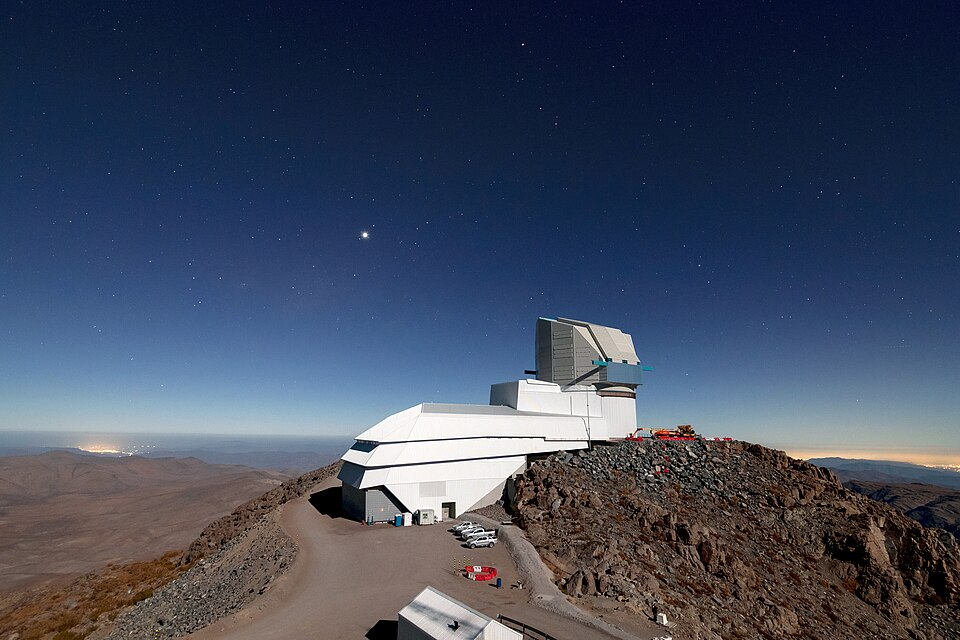
8. Future Missions and Prospects
ESA’s Comet Interceptor mission in 2029 will remain at the Sun–Earth Lagrange Point 2 to wait for a good target, preferably a clean comet from the Oort Cloud or an interstellar object. Discovery of 3I/ATLAS is not possible, but it emphasizes the necessity of quick-response spacecraft to intercept these infrequent visitors in orbit. New observatories such as the Vera C. Rubin Observatory’s Legacy Survey of Space and Time will greatly boost detection rates, potentially finding dozens of interstellar objects per year. 9. Context in the Expanding Catalog of Interstellar Visitors
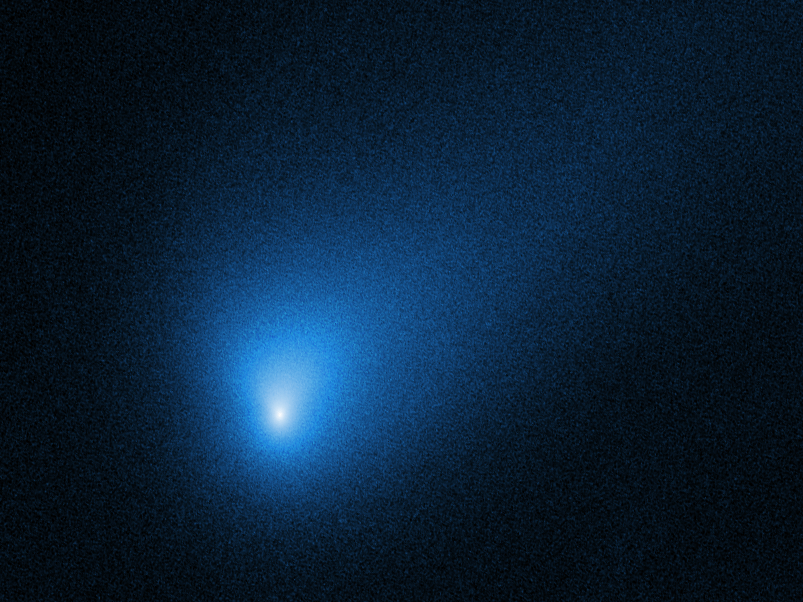
ʻOumuamua’s cometary shape and non-gravitational motion generated controversies regarding its nature, whereas 2I/Borisov’s more typical cometary shape revealed more about extrasolar ice composition. 3I/ATLAS, through its gigantic size, atypical tail, and being thoroughly ancient, gives a new addition to this little but scientifically valuable list. Every discovery gives a short-term opportunity to take a snapshot of planetary system remnants’ diversity scattered in the galaxy.
As 3I/ATLAS travels through the Solar System, it bears with it a record of conditions from a distant and old stellar environment. To astronomers, it is simultaneously a message from the past of the galaxy and an echo of the majestic, dynamic space beyond our Sun’s reach.
